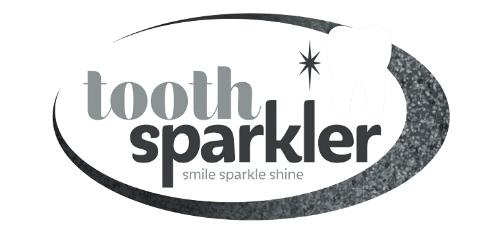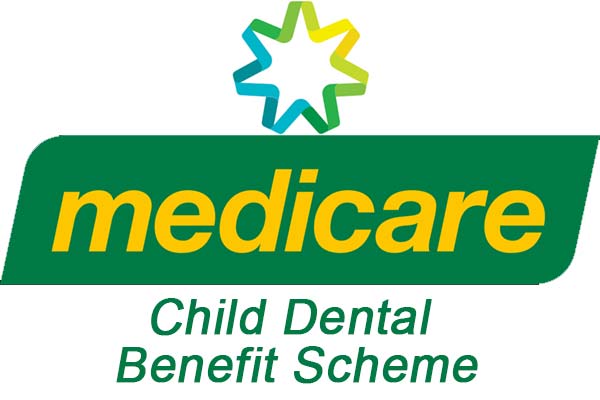Maintaining good dental health is an essential aspect of our overall well-being. While many of us focus on keeping our teeth clean and bright, we often overlook the health of our gums.
Did you know that gum disease is one of the most common dental problems in Australia? According to the Australian Dental Association, one in three Australian adults suffer from gum disease during their lifetime. So what is gum disease and how can you treat it?
What is Gum Disease?
Gum disease is an infection of the tissues that surround and support your teeth. It starts with the build-up of plaque, a sticky film of bacteria that forms on your teeth and gums. If plaque is not removed through regular brushing and flossing, it can harden into tartar, which can only be removed by a dental professional like the team at Tooth Sparkler. When tartar accumulates on your teeth and gums, it can cause inflammation and infection, leading to gum disease.
There are two main types of gum disease: gingivitis and periodontitis. Gingivitis is milder and can be cured with proper oral hygiene and professional dental cleanings. Periodontitis is the more advanced stage of gum disease and it can cause irreversible damage to the gums and bone that support your teeth.
Symptoms of Gum Disease
While symptoms can vary, watch for any of the below and seek treatment immediately, as early intervention can help prevent further damage and preserve your oral health.
- Red, swollen or tender gums
- Bleeding gums during brushing or flossing
- Persistent bad breath or a bad taste in the mouth
- Receding gums, which can make the teeth appear longer
- Loose or shifting teeth
- Changes in the way your teeth fit together when biting down
- Pus between the teeth and gums
- Pain or discomfort when chewing
Causes of Gum Disease
The primary cause of gum disease is plaque build-up on your teeth and gums. However, several other factors can contribute to the development of gum disease, including:
- Poor oral hygiene, e.g., not brushing and flossing your teeth regularly, can allow plaque to build up on teeth and gums, leading to gum disease.
- Smoking and tobacco use can increase your risk of developing gum disease by reducing blood flow to the gums and affecting the body’s immune response.
- Hormonal changes during pregnancy, puberty and menopause can make the gums more susceptible to infection.
- Certain medications, such as steroids, can increase your risk of developing gum disease. If you’re currently on medication and concerned about gum disease, call (02) 9971 6134 to discuss and book an appointment.
- Chronic conditions such as diabetes and HIV can weaken the immune system and increase the risk of gum disease. Some people may also be more susceptible to gum disease due to genetic makeup.
Risk Factors for Gum Disease
In addition to the causes mentioned above, several other risk factors can increase your likelihood of developing gum disease, including:
- Your age. Older adults are more likely to develop gum disease than younger people.
- Poor nutrition and a diet lacking essential nutrients can weaken the immune system and make it harder for the body to fight infection.
- Stress can weaken the immune system and make it harder for the body to fight infection.
- Clenching or grinding your teeth can put excessive force on the supporting tissues of the teeth, leading to gum disease.
- Crooked teeth can make it harder to clean between teeth, leading to a build-up of plaque and an increased risk of gum disease.
Treatment Options for Gum Disease
The treatment options for gum disease will depend on the severity of the condition. If you are diagnosed with gingivitis, you may simply need a deep cleaning and to improve your oral hygiene practices. This can include a professional dental cleaning to remove the plaque and tartar from your teeth and proper brushing and flossing techniques to maintain good oral hygiene at home.
If the gum disease has progressed to periodontitis, your dentist may recommend more aggressive treatment options. Typically, non-surgical treatment involves thoroughly cleaning the tooth root surfaces, which may require several appointments. However, if the tissue around your teeth is unhealthy and cannot be fixed through non-surgical methods, your periodontist may recommend periodontal surgery. If you’ve lost teeth, dental implants may also be an option.
The first step is to make an appointment to see a dentist for an examination. If you’re looking for a trusted dentist in Sydney, Tooth Sparkler is a leading family dental practice on the Northern Beaches. Give us a call on (02) 9971 6134 or make a booking online.
Prevention of Gum Disease
The best way to prevent gum disease is through good oral hygiene practices, including brushing your teeth twice daily with fluoride toothpaste, flossing daily and using an antibacterial mouthwash to kill bacteria. Regular dental check-ups and cleanings are also important, as your dentist can detect and treat gum disease in its early stages before it becomes more severe. Read more about how Tooth Sparkler can help you with gum disease here.
Gum disease is a common condition with serious consequences if left untreated. The good news is that it is preventable and treatable with good oral hygiene and regular dental check-ups. If you are experiencing symptoms of gum disease, such as bleeding gums, bad breath, or receding gums, schedule an appointment with your Tooth Sparkler dentist today. With early detection and treatment, you can protect your oral and overall health and prevent the progression of gum disease.





